I have a circuit like this:
Given a low or a high impedance feedback network, how do I choose the right emitter cap value Ce? I know that the emitter cap depends on the impedance of the feedback network, but I am lost when it comes to finding what value it needs to be.
What are the rules of thumb? What are the standards?
Also, if you could explain what emitter resistor value I need as well for a given feedback impedance, that would be great.
The BJT I am using is the PN2222.
Please know that I never really built an oscillator before and I might be asking something simple that might seem obvious, but not to me.
Please note: I am trying to learn how to build an RC oscillator as a hobby project, for the sake of learning how to build oscillators. I do not want to have an RC IC, but I want to build one myself.
Here is my circuit:


